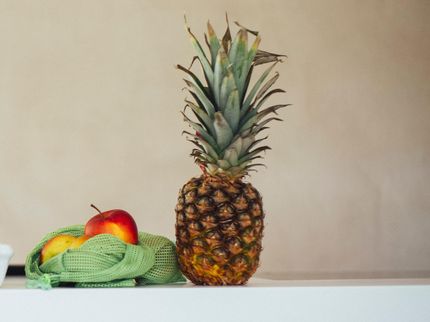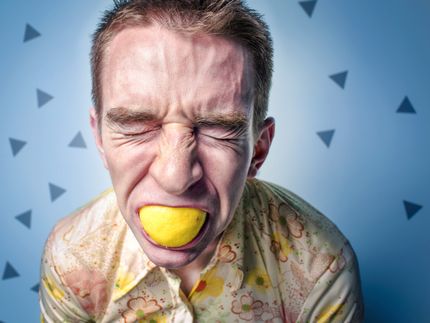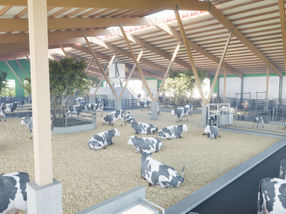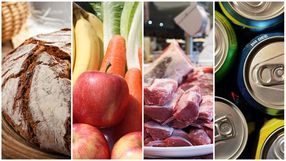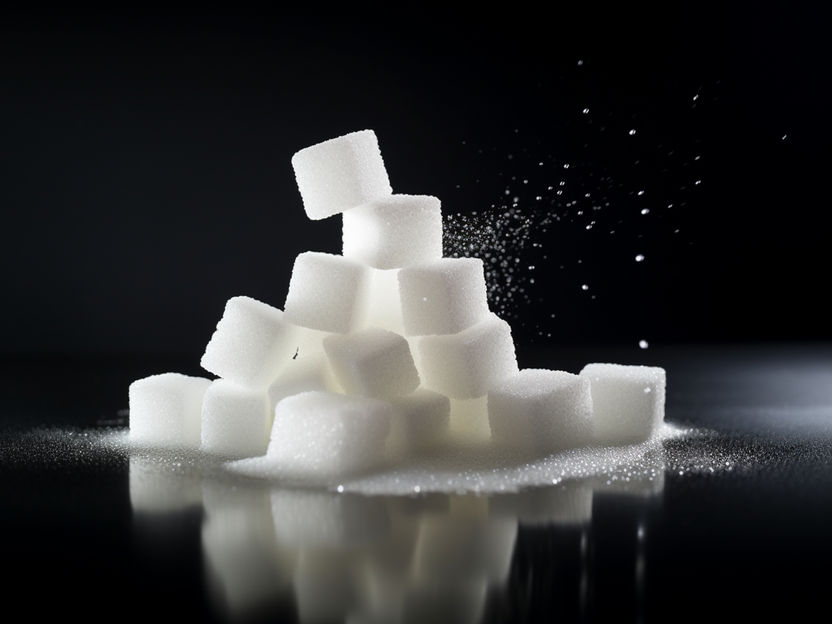Screening truffles for radioactivity 30 years from Chernobyl
Advertisement
Some forest mushrooms, such as wild porcini, accumulate dangerous levels of radioactivity originating from the Chernobyl nuclear disaster. With one notable exception: wild Truffles, fungi that range among the most expensive foods in the world. This is the result of a study by Swiss and German researchers, who have analysed Burgundy truffles collected in central Europe. The research is published in the journal "Biogeosciences".
The 1986 Chernobyl nuclear disaster in Ukraine released substantial quantities of radioactive particles, particularly cesium-137 (137Cs). Transported by winds and deposited by heavy rainfall, the cesium polluted large swaths of the European continent. "Much of the continent’s topsoil layers are still radioactively contaminated," says Ulf Büntgen, Head of the Dendroecology Group at the Swiss Federal Research Institute (WSL) and lead author of the study.
That, however, does not seem to affect the subterranean Burgundy or summer truffles (Tuber aestivum), which are highly prized for their hazelnutty flavour and intense aroma. "We were very positively surprised that all specimens we analysed exhibited insignificant values of 137Cs," says Büntgen.
Radioactivity in the food chain
This result is surprising because many types of fungi, including truffles, grow underground in – and draw nutrients from – soil prone to accumulating radioactive pollution. Deer truffles, for example, a type of 'false' truffles (not of the Tuber genus) more appealing to deer or wild boar than to humans, range among the most contaminated fungi. The team says that in regions where the radioactive fallout after Chernobyl was most intense, not only mushrooms but also higher components in the food chain, including game meat of red deer and wild boar, still have excess values of 137Cs.
The researchers wanted to be sure that wasn’t the case for Burgundy truffles. "The main reason for our focus on the Burgundy truffle is the species' wide ecological and thus geographical distribution, which allows us to compile fruit bodies over a wide range of environments. Growth of the Périgord black truffle, in contrast, is restricted to Mediterranean habitats only," says Büntgen.
Harvested by truffle dogs
The researchers analysed 82 Burgundy truffles collected across Europe between 2010 and 2014. The samples were harvested by trained truffle dogs in several natural habitats and plantations in Switzerland, Germany, France, Italy and Hungary.
All samples had negligible radioactivity, with 137Cs values ranging below the detection limit of 2 becquerels per kilogram. This is far below the tolerance value of 600 becquerels per kilogram, meaning the truffles are safe for consumption, at least in the areas the researchers sampled from.
"Sampling sites were defined by the success of various truffle dogs. We were trying to get as many fruit bodies as possible from as wide an area as possible," explains Büntgen. "The resulting pattern is by far not optimal but indeed good enough for a first assessment and interpretation."
Expand truffle search
The researchers are unsure how their results would change if they had collected samples in areas with even higher 137Cs deposition, such as parts of Belarus or central Austria. "We really don’t know," Büntgen acknowledges. "We will, however, continue to spatially expand our search to include truffles from regions that were so far not considered – the more the better."
Another unsolved issue is why Burgundy truffles are far less susceptible to radioactivity contamination than other fungi. The researchers speculate a reason could be the way Tuber aestivum uptakes nutrients from the soil compared to other types of mushrooms. However, they say they need to do more research to know exactly why Burgundy truffles are not radioactive.



